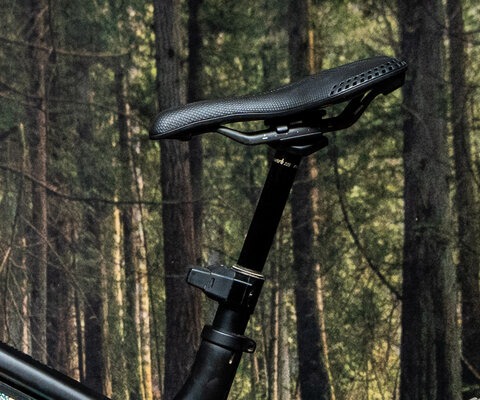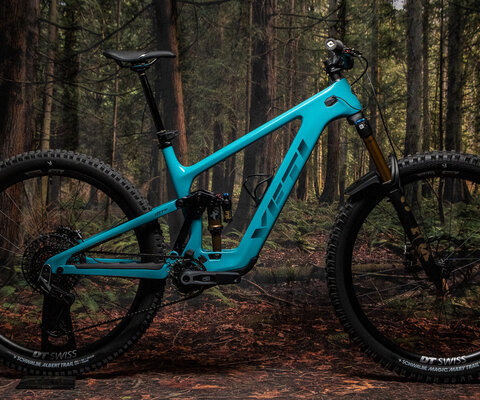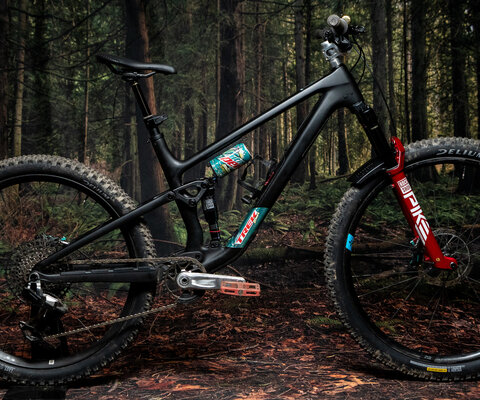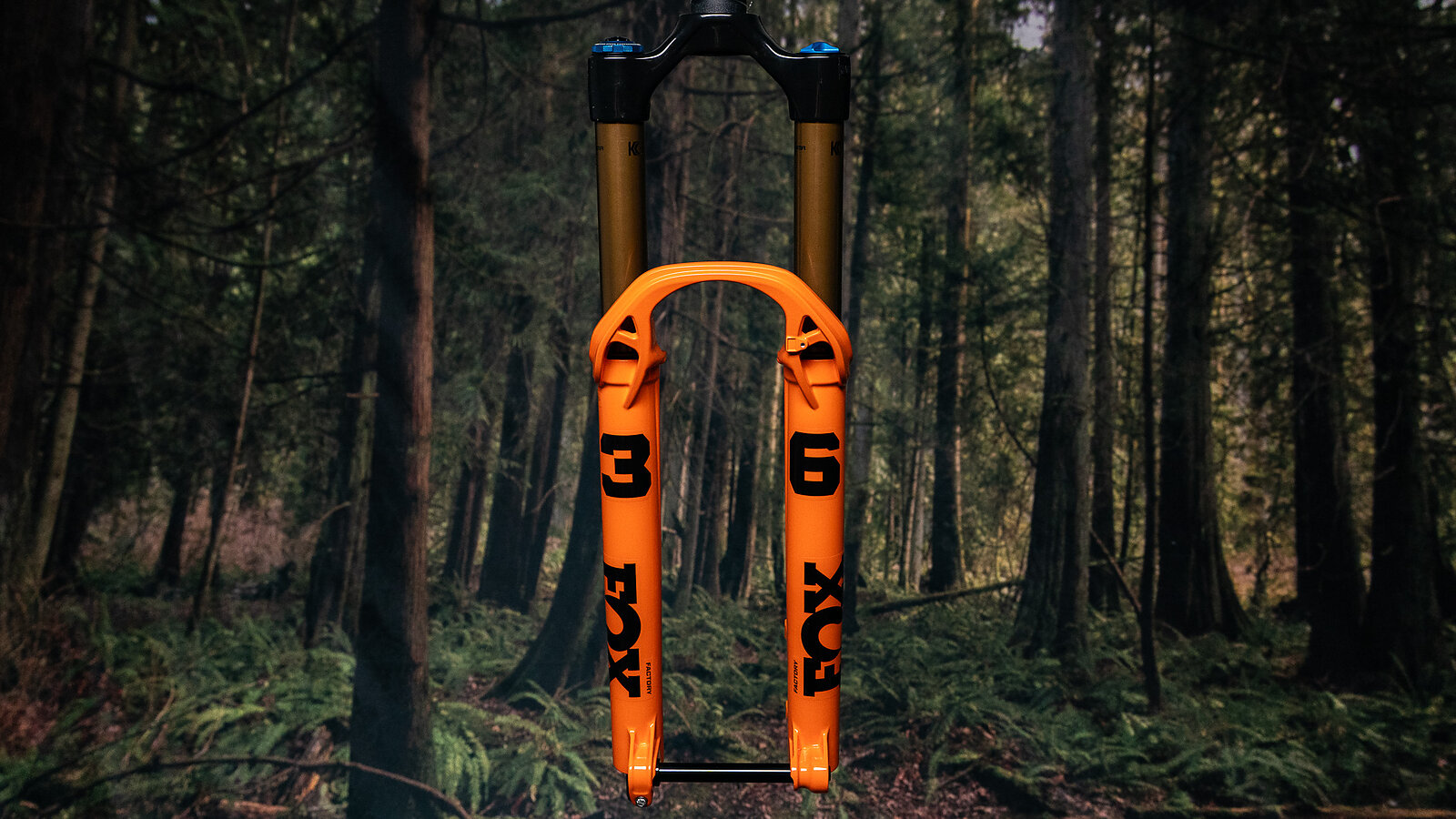
Fox 36 Factory GRIP X2 Fork Review
Words and Photos by Cy Whitling
Challenging expectations.
For the second year in a row, Fox released a new 36 fork this spring. But, while last year’s upgrades focused on new dampers across Fox’s fork lineup, this year is all about chassis. The new chassis is stiffer, it’s easier to live with, and there’s a new air spring floating inside. But most importantly, the new 36 feels like a noticeable upgrade in performance over previous versions.
Fox 36 Factor GRIP X2 Overview
- Travel: 140, 150, or 160 mm
- Damper GRIP X2 (tested) or GRIP X
- Models Available: Performance, Performance Elite, Factory
- Weight (160 mm, GRIP X2) : 1,918 g
- MSRP: $1,199
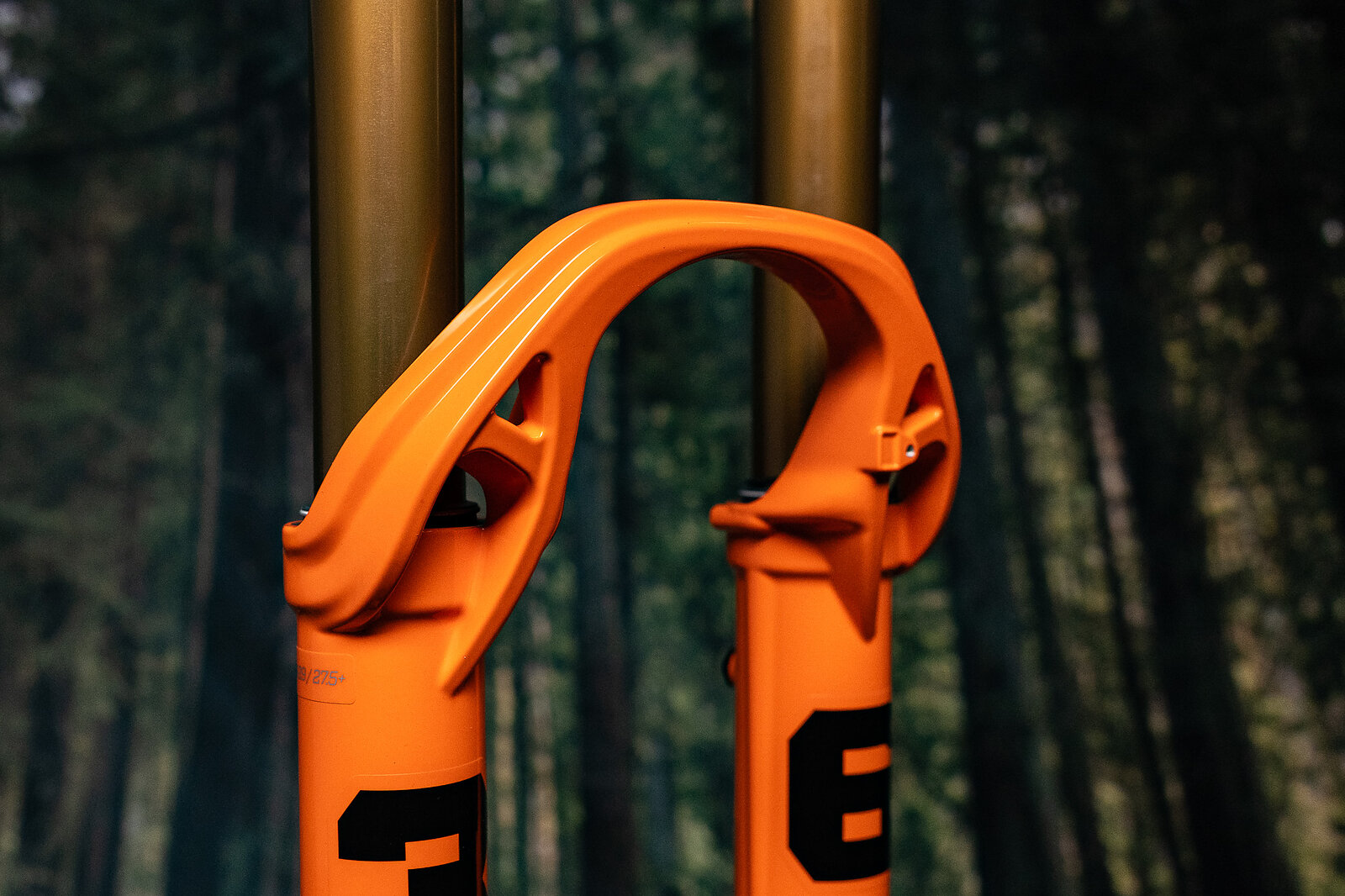
Fox 36 Options
Fox has effectively divorced damper and chassis options, so you can put almost any damper in almost any chassis. The 36 is available with the gravity-oriented GRIP X2 (tested) damper, or the slightly more trail oriented Grip X. I like to think about this choice in terms of rear shocks: put a GRIP X2 fork on the sort of bike you’d run a Float X2 or DHX2 shock on, and run a GRIP X on a Float X bike.
The 36 is available in three trim levels: Performance, which uses the classic GRIP damper, Factory, which uses the GRIP X2 or X damper and gold Kashima stanchions, and Performance Elite, which is just Factory without the gold. All are available in 140, 150, or 160 millimeters of travel.
Fox also released the new 36 SL this spring, which uses bigger stanchions in a lighter package for shorter travel bikes. We’ll publish a review of that soon.
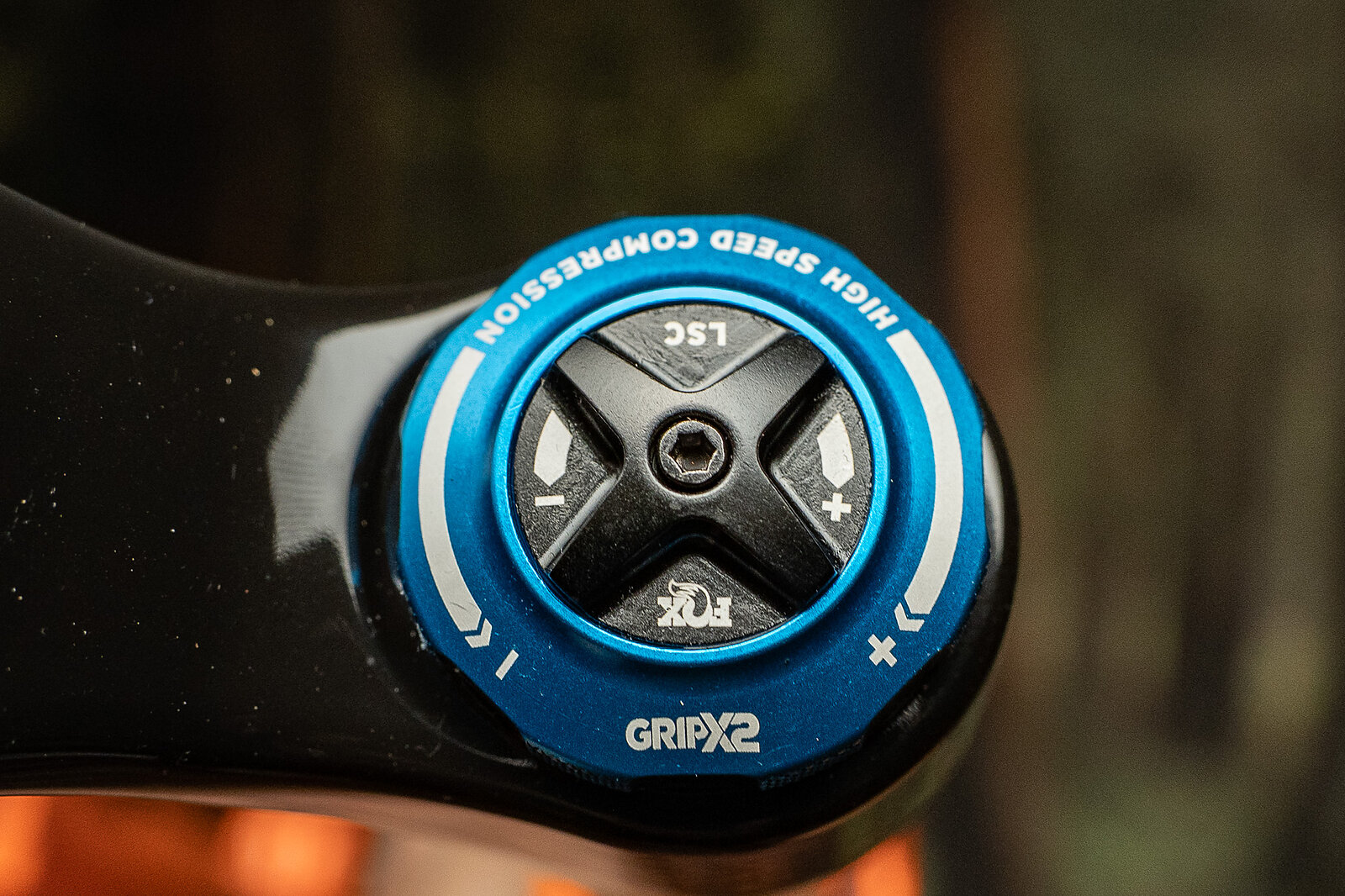
Liveability Upgrades
Fox made three big changes that should make its forks easier to love and live with. First, the company abandoned the low-profile socket interface for the air spring in favor of a splined cassette tool. This means you don’t need a special socket or to risk it with Knipex pliers to adjust volume spacers.
Lower down, the bleed valves have been re-worked, and the fender no longer bolts to them. That should make fenders quicker to install and remove, and cleans up the system. Fox still makes two fender sizes, a short and long, for its forks.
Finally, Fox has finally moved to a 200-millimeter post mount for brakes. No 203-millimeter nonsense like the 40, no 180 and an adapter like previous 36s. This is a very welcome change and, selfishly, I hope it prompts brake manufacturers to all standardize around 200-millimeter rotors so that I don’t have to run washers between my fancy new fork and my fancy new XTR brakes.


Performance Upgrades
We’ll start at the outside and work our way in. Most obviously, the lowers of the new fork are completely re-worked to be both stiffer and lighter. Fox says the fork is now 20 percent stiffer than the old version, and is now 87 percent as torsionally stiff as the 38. The oil channels in those lowers are now located on the inside of the fork legs, instead of the back, which should help eliminate friction and allow the fork to use its travel more smoothly.
Inside those legs, the bushings have more overlap, and are spaced wider than on the old version. When forks flex, they bind, and when they bind, they don’t work as smoothly. All of these changes are focused around keeping the fork from binding, and letting it do its job.
Finally, in service of that same goal, the air spring uses what Fox is calling “Glidecore.” Basically, the air spring is suspended on Nitrile Butadiene rings, which allow it to pivot a little bit. That means that under load, when all the fork’s vertical components aren’t quite parallel to each other, the spring can “wobble” a little and still run smoothly instead of binding. This air spring is backward-compatible with the previous 36 forks.
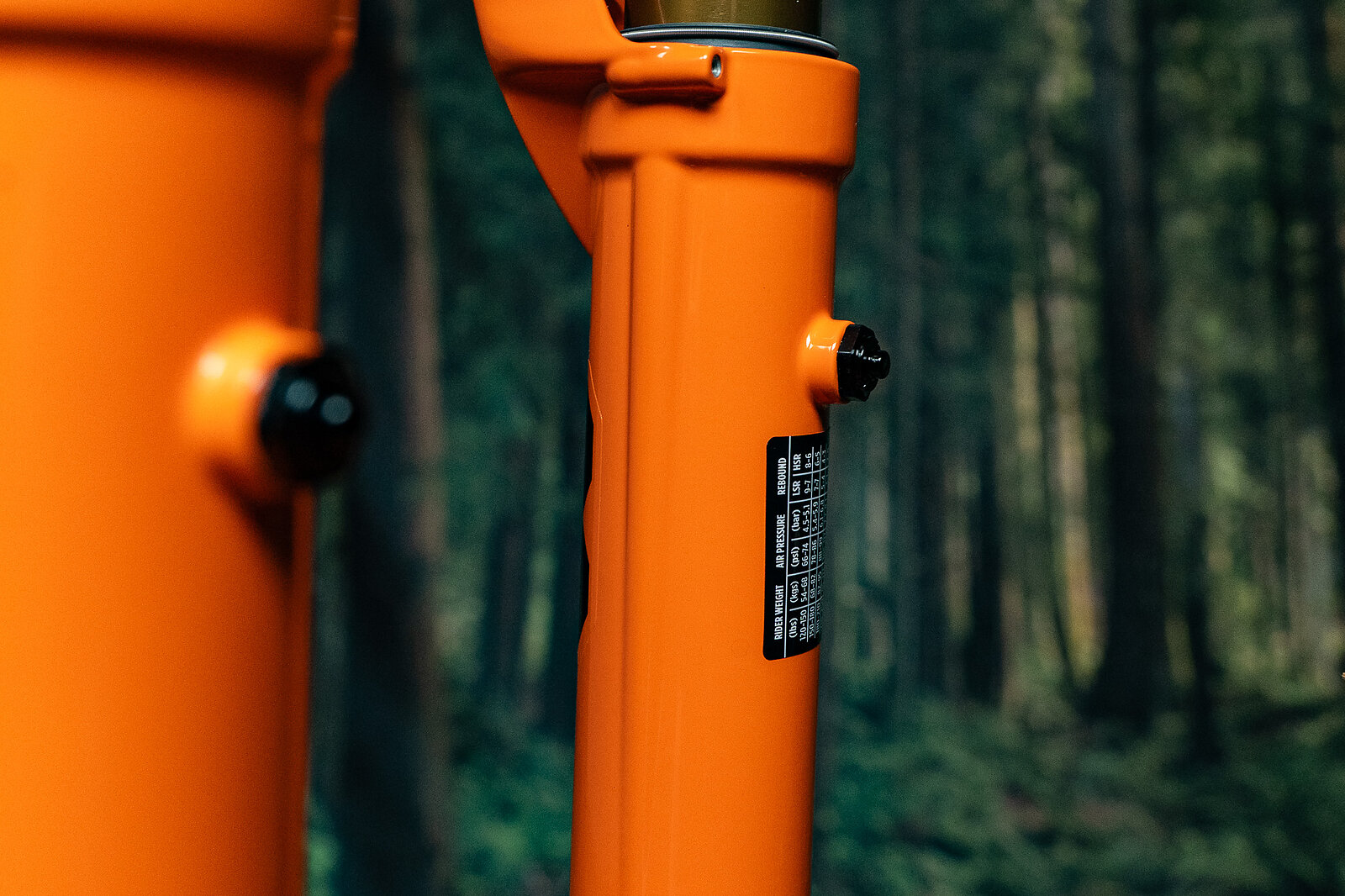
Fox 36 Setup
I weigh about 200 pounds, and I’ve been running the 36 at 160 millimeters of travel with 96 PSI. I started with the dampers at Fox’s default settings (all clicks from closed): LSR: 3, HSR: 2, LSC: 5, HSC 10 and the factory setup of one volume spacer. After a fair amount of riding and fiddling, I’ve settled on a slightly slower setup (one click from closed with both low and high speed rebound) with a little more low speed compression (7), and a little less high speed compression (4).
That’s very in line with my preferences on other forks. I like them to be fairly linear, and I run my suspension slow.
I’ve spent a lot of time on RockShox and Manitou forks recently, and I think that Fox splits a nice difference in setup complexity between the two. With RockShox, my setup procedure is very quick and easy, and is done visually, without counting clicks. Whereas, with Manitou, I’m spending a fair amount of time dialing in the air pressure ratio between the IRT and main chambers before I even spin any knobs.

Riding the Fox 36 Factory Grip X2
Short version: the new 36 is the first 160 x 36 millimeter fork that hasn’t made me wish I was just riding a lowered 38 millimeter fork. It’s got a very compelling mix of chassis stiffness and spring suppleness that allows it to punch well above its weight and stanchion diameter.
Long version: last summer, as I sat around the campfire with a group of friends, the conversation turned to “innovations” in mountain biking. Most of the folks I ride with are fairly skeptical of marketing speak and “exciting” new mountain bike products. They’re not looking for minimally lighter cassettes or more speeds on their drivetrains. But, the one thing that cynical group agreed on is that 38-millimeter stanchioned single-crown forks have had a huge impact on our riding. When the Fox 38 and RockShox Zeb launched in 2020, they set a high bar for the chassis stiffness, and resulting performance benefits that we could expect from a single crown fork.
But in the intervening years, we’ve seen a gradual push and pull, as brand managers try to spec bikes with 160-millimeter forks (especially e-bikes) with lighter 35 or 36-millimeter options. The new 36 chassis makes that choice more rational, and less aspirational. I am a big, heavy dude who likes to ride steep trails with lots of compressions with minimal finesse. Basically I’m a walking recipe for making forks squirm and bind. But so far, I haven’t had any hints of that on the new 36. I keep throwing it into holes, and it keeps taking the hit and asking for more. I’ve been riding it on trails that I generally spend time on 38-millimeter forks, and it hasn’t made me miss those more robust chassis.
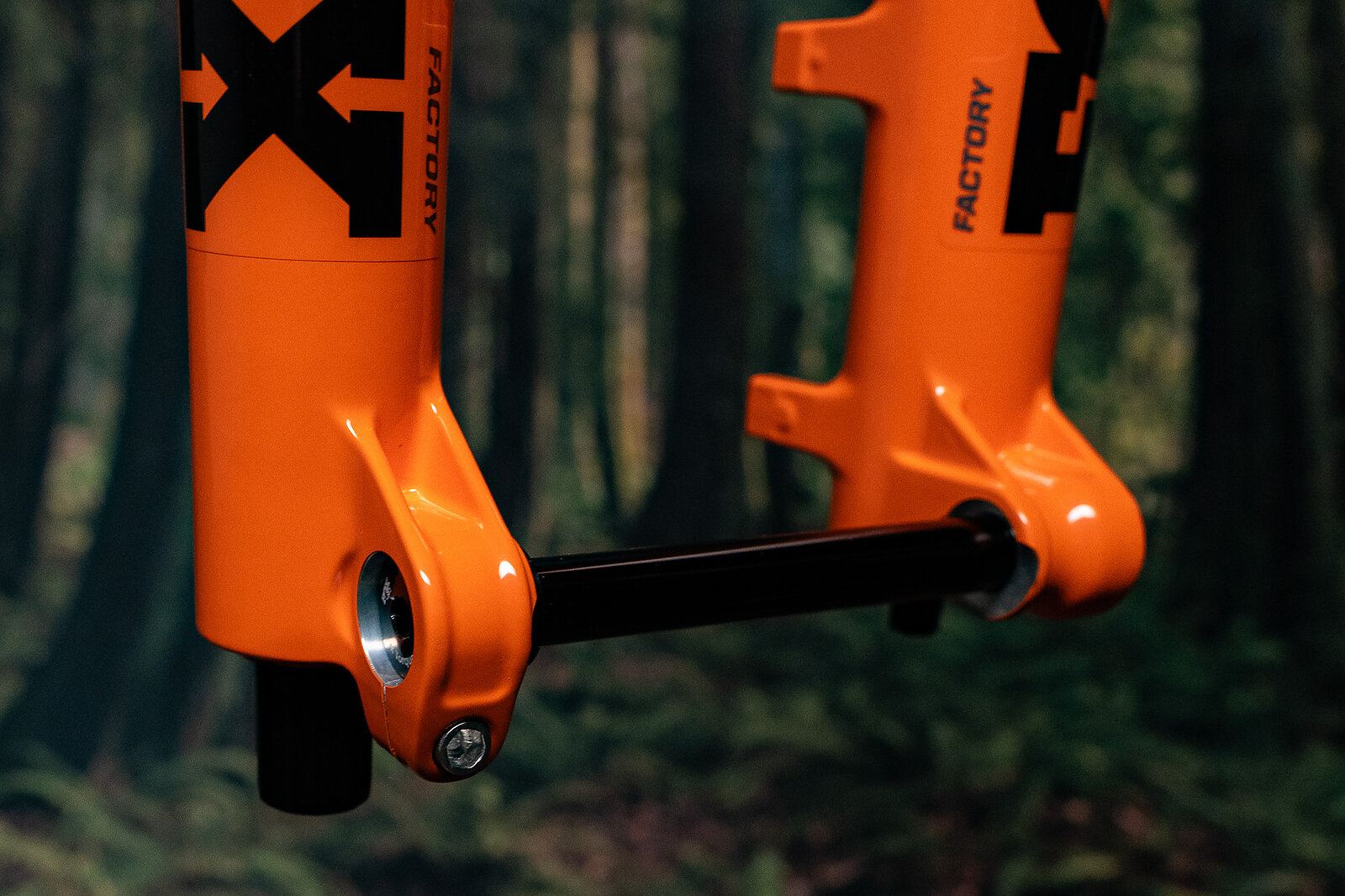
Here are a couple of quick comparisons, since I’ve been running all three of these forks on the same Specialized Stumpjumper 15 back to back: previously, I would have taken the RockShox Lyrik over the 36 since it was lighter, stiffer, and plusher than the old 36. However, I think this new 36 is a little smoother off the top, and handles medium and large hits with more composure than the Lyrik. It also feels more composed under big g-outs. It feels more “enduro” and less “trail” than the Lyrik.
My go-to 160-millimeter fork has been the Manitou Mezzer. Anecdotally, I think the new 36 nearly matches it in terms of stiffness and composure, while being a touch plusher and more smooth. Right now, I think the new 36 is the fork to beat in this class, and I’m excited to hopefully see other brands reach to meet this bar.
For Now
Fox’s new 36 fork is an exercise in refinement. Lots of little details add up to make for a plusher, more confident suspension experience. This 36 feels like it’s moving the window for what we can expect of a 36-millimeter stanchioned fork, and it will be interesting to see what Fox does with its burlier options, as well as how other brands respond.
Learn more: RideFox.com
